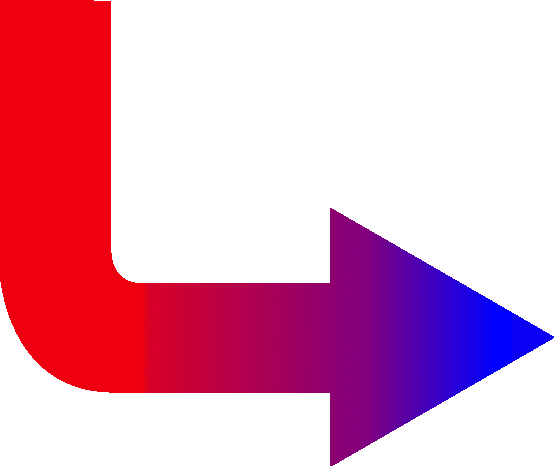Conduction
This is when energy is transferred when one object touches another. It happens most commonly in metals with electrical and heat energy being transferred through them.When heat is added to a good conductor, the particles begin to vibrate where the heat is directly applied. They begin to vibrate faster and faster, bumping into other particles, which then begin to vibrate too. With this, the vibrations are passed throughout the entire material. Metals are (mostly) very good heat and electrical conductors. Non metals and gases are usually poor conductors. Very poor conductors (like wood, plastic, etc) are called insulators.
Source: BBC Bitesize
Figure 2
Convection
Convection happens in liquids and gases, as their particles can move around. When heat is applied to an area, the particles gain energy (thermal → kinetic) and move faster. Because of this, they often move further apart and the substance becomes slightly less dense, causing the heated particles to rise above the rest (which are colder, in comparison). When these particles rise to a certain point, they become cool again and the process happens in reverse: as they lose energy, they move closer to each other and become denser again as they sink. The cycle repeats and a convection current is created.
(sorry the GIF isn't amazing) Source: BBC Bitesize
Figure 2
Radiation
This is when heat is transferred through infrared waves. The hotter the object, the more infrared it emits (which all objects emit). This does not need matter to occur. It is a type of electromagnetic radiation and can happen even in vacuum, unlike convection and conduction.
Infrared ray ↴
Heat always travels from hot to cold
 |
| Figure 4 |


in solids particles are always vibrating, so when heat is added to them they vibrate FASTER, rather than start to vibrate
ReplyDelete